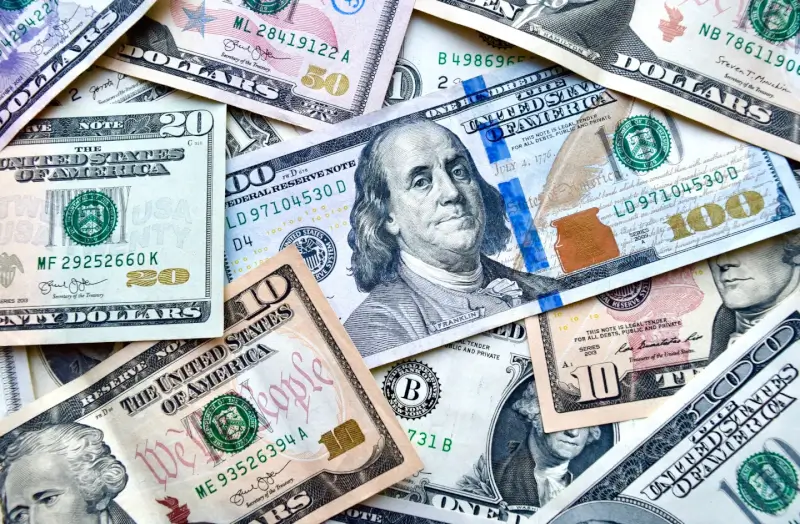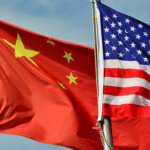The U.S. dollar advanced on Monday, buoyed by market uncertainty over potential U.S. rate cuts and tariff threats issued by President-elect Donald Trump. In a surprising turn, Trump demanded that BRICS nations pledge not to create or endorse an alternative currency to the dollar, threatening 100% tariffs on non-compliant countries.
This shift in stance from Trump, previously a proponent of a weaker dollar to combat trade deficits, sent ripple effects through global markets. The Chinese yuan slipped to a three-month low of 7.2662 against the dollar, while the Indian rupee reached record lows.
Political instability in Europe added pressure on the euro, which fell 0.4% to $1.0532, reversing gains from last week. The dollar index climbed to 106.170, extending its 1.8% gain in November despite some recent setbacks. Analysts at Capital Economics suggested the dollar is likely to consolidate through the year-end, with the U.S. maintaining an economic advantage over other regions.
The week ahead is pivotal for rate expectations, with markets eyeing the November payrolls report, expected to show 195,000 job gains. The Federal Reserve is widely anticipated to cut rates by 25 basis points on December 18, with markets pricing a 65% likelihood of the move.
Meanwhile, the Japanese yen pared recent gains as the dollar rebounded 0.4% to 150.71. Bank of Japan Governor Kazuo Ueda hinted at possible rate hikes, supported by strong business investment data and rising Tokyo inflation. Markets now see a 63% chance the BOJ will raise rates to 0.5% at its mid-December meeting.
In Europe, the eurozone faces additional challenges as investors watch developments in France, where political uncertainty looms large. The government faces a no-confidence vote, fueled by far-right demands for budgetary concessions. The tension has pushed French bond yields to match those of Greece, with spreads over German yields at their widest since 2012.
This mix of geopolitical and economic factors continues to shape currency markets, with the dollar positioned to remain a key focus for investors.






